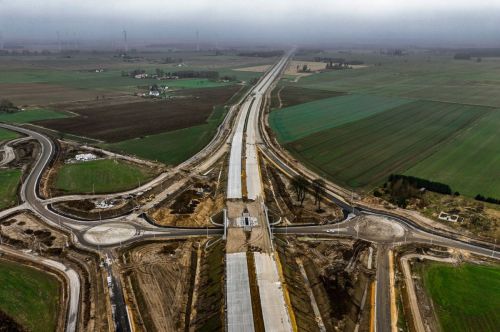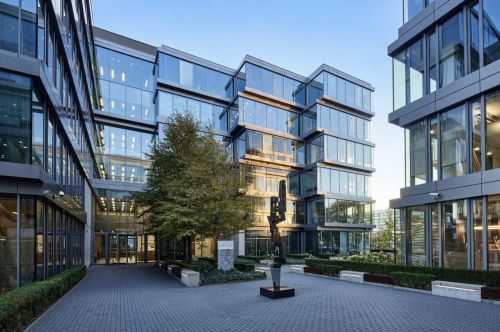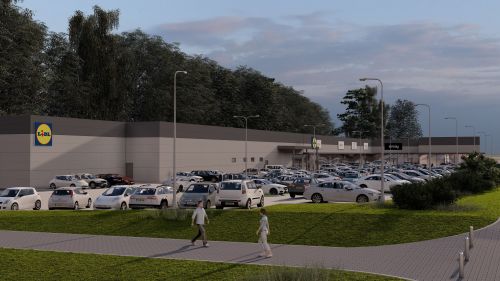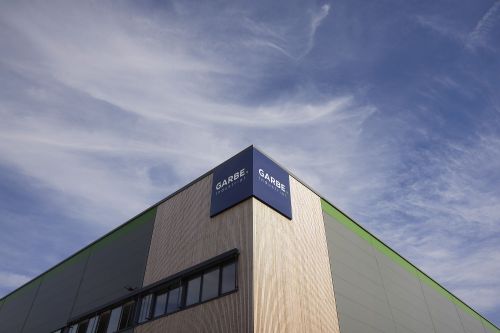So far the Polish high street market has lagged far behind the leaders in Europe in terms of the quality of such locations and their popularity among customers, rents and what retailers have to offer. However, this is not discouraging investors from looking for interesting retail projects: outlets or entire buildings that are partly or mostly earmarked for retail. Apart from Warsaw, the main centres with strong high streets are the largest regional cities. For example, in the capital city, Kraków, Poznań and Wrocław the total length of high streets amounts to 15 km. These mainly accommodate 1,800 stores and catering establishments, states Knight Frank in its ‘High Streets 2015’ report. Polish and international funds are looking closely at the purchase of single units or entire retail buildings along the main thoroughfares of the city. These parties vary, of course, in terms of who is the most eager to buy what; however, the first few signals of the building of such retai































































